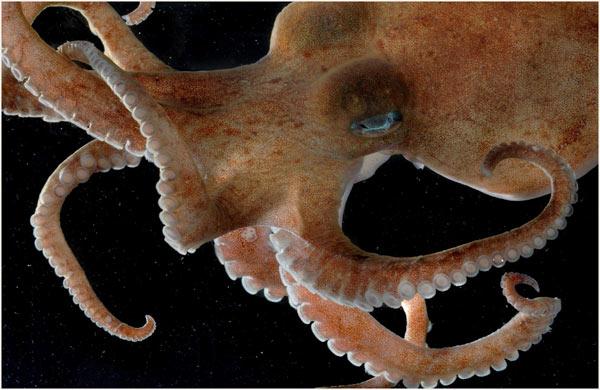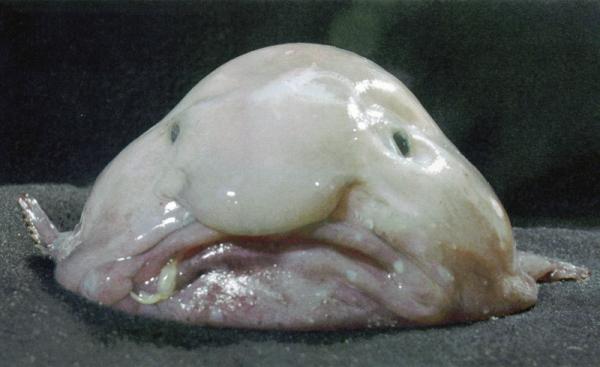Directory of Ocean's Denizens is Done


One of the most immense and ambitious studies in the history of scientific inquiry the Census of Marine Life, a decade-long quest to count and describe the species that live in the planet's oceans formally concluded today (Oct. 4), adding thousands of species to the list of known ocean-dwelling plants and animals.
The Census of Marine Life , relying on the efforts of nearly 3,000 scientists from 80 countries, brought the grand total of identified ocean species to 201,206 and revealed the unexpected degree of diversity and interconnectedness beneath the waves. More identifications will be made as scientists follow up on the data from the study.
"It's been a machine for discovery," said Jesse Ausubel of the Alfred P. Sloane Foundation, one of the scientists who helped kick off the massive study in 2000. The final results of the $650 million-dollar effort were announced today at a press conference in London.
Over the last 10 years, researchers found more than 6,000 potentially new species in ocean waters and completed formal descriptions of more than 1,200 of them. Scientists say that despite the vast increase in species identified, a staggering amount of ocean life remains mysterious. [See some of the new species the census found .]
The census sent 540 expeditions across Earth's oceans and seas . They brought back thousands of samples, many of which are still in jars, awaiting closer examination.
Census researchers have documented nearly 250,000 different species; not all of those have been fully described.
"The really exciting thing is that for every species we know about, we think there are three or four that we don't know about," said census participant Paul Snelgrove, of Memorial University of Newfoundland, in St. John's, Canada.
Get the world’s most fascinating discoveries delivered straight to your inbox.
Scientists say that, based on the current numbers, as many as a million different species inhabit Earth's oceans.
Despite the dazzling diversity of life revealed over the last 10 years, the census, with a look to the past, also revealed startling changes in the populations of some of those species.
Vulnerable species, oceans
The researchers performed one of the most comprehensive analyses ever of historical records of ocean life, uncovering a stark drop in some of the ocean's most iconic species .
"The abundance of some of the largest animals in the oceans tuna, sharks, whales has been depleted by about 90 percent, on average," said Boris Worms of Dalhousie University in Halifax, Nova Scotia, Canada.
There was some good news for the ocean's largest residents. Worms said that in areas where protections have been put in place, some species have begun to rebound in the last three years, reducing the estimated decrease to 84 percent. "But there's huge variation around that," Worms said.
Overall, the world's oceans and the creatures that live in them remain largely unprotected, the scientists said.
The first marine protected area in the world was created in 1975, Ausubel said, and "the concept of marine protection is still quite young. I think it's very obvious that a complete revision of our thinking about zoning of the oceans needs to go on."
Research with real-world results
Ausubel offered up one very timely example of how the census will allow scientists to better understand the impact of current zoning laws on the planet's oceans.
As part of the census, researchers completed a comprehensive study of the Gulf of Mexico's marine life in 2009, which will provide a baseline for gauging the effects of the Deepwater Horizon oil spill .
"They identified 8,332 forms of life that live in the area where the oil spill occurred ," Ausubel said, "so it will be possible to do much more authentic, authoritative studies of before and after."
It is this new ability to note changes in the ocean that Ausubel said is one of the most important things to come out of the landmark study. "We live in a world of very rapid change," Ausubel said, citing a litany of ocean problems, including overfishing, light pollution, acidification, even increasing sound.
"We want to monitor these, and we can't do any of that in the absence of baselines. So what we hope the census has done is create the first baseline and a framework," he said.
Ausubel said this shared global repository of information a description of what lives in the ocean, and where will be useful to scientists and policymakers for decades to come.
"The basic framework of the census will have application to many problems, including problems we have not yet recognized," he said.



